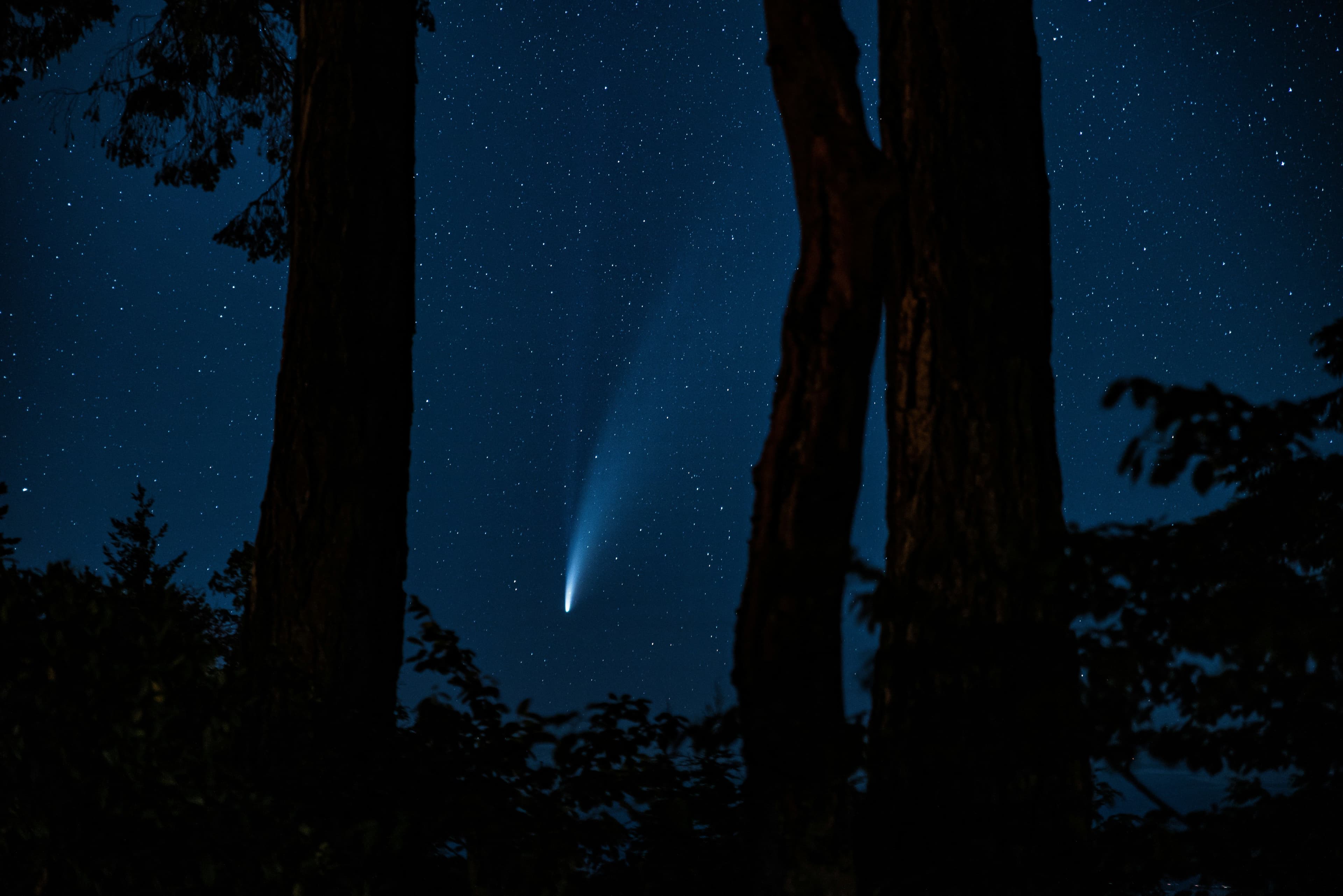
Updated on Mar 2, 2024
The Icy Guest: Spotting the 'New Year' Comet, 62P/Tsuchinshan

Dr. Cosmos Voyager
Jan 16, 2024
The Icy Wanderer Returns
Estimated to be close to a colossal 10 kilometers in diameter, 62P/Tsuchinshan embarks on its journey back to the inner solar system every 6.2 years. As it approaches the Sun, the heat ignites a captivating display—its icy composition melts and evaporates, creating a luminous tail that can stretch for millions of kilometers across the cosmic canvas.
Celestial Calendar Highlights
Mark your calendars for the celestial rendezvous.
The Closest Approach to the Sun: Christmas Eve.
The Closest Approach to Earth: January 30, when it will be a mere 75 million kilometres away.
At this point, the comet will be nestled within the constellation of Leo, offering a spectacular celestial display. However, with a predicted maximum magnitude of 9, it might remain elusive to the naked eye. To catch a glimpse, you'll need not only a keen eye but also a location with minimal light pollution.
Comet Spotting Tips
Binoculars or Telescopes: Enhance your view by using binoculars or a telescope with a wide field of view.
Dark Sky Location: Head to an area away from city lights to optimize your chances of spotting the comet.
Patience: Allow your eyes to adjust to the darkness for the best viewing experience.
Join the Celestial Quest
As we embark on this cosmic journey, let's come together to witness the 'New Year' comet's radiant display. Share your comet-spotting experiences on social media using #Comet62PTsuchinshan, connecting with fellow sky enthusiasts worldwide.
Don't miss this celestial rendezvous, and may your nights be clear as you venture into the vastness of space to spot the luminous trail of 62P/Tsuchinshan.